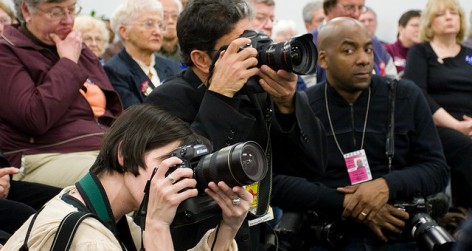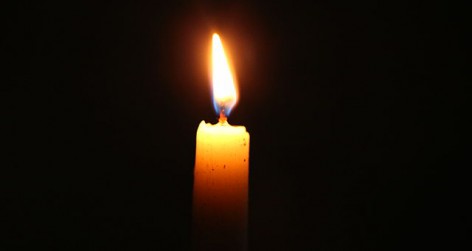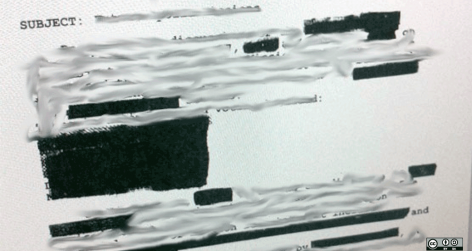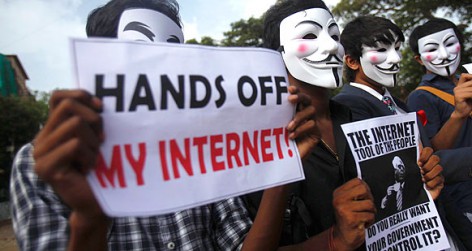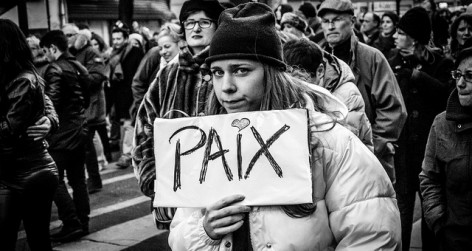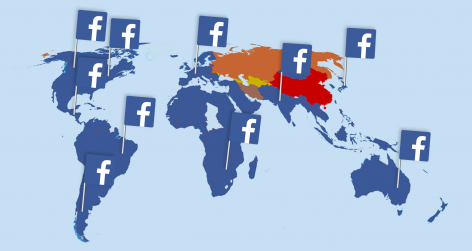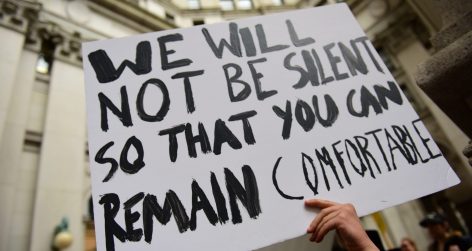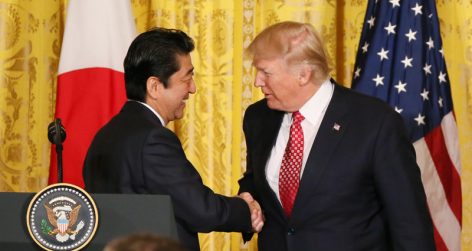Faisal Devji explores the deeper lessons from the forced withdrawal of an ‘alternative history’ of the Hindus.

In January 2014, a professor at the University of Chicago, the Sanskritist Wendy Doniger, became the latest victim of India’s rambunctious politics of free expression. Her 2009 volume, The Hindus: An Alternative History, was withdrawn and pulped by Penguin Books, in an out-of-court settlement with a Hindu group that had protested against its supposedly insulting and salacious content. India’s media and intelligentsia are regularly flung into controversy over such incidents of censorship and even violence against authors, artists or filmmakers. Indeed, two years earlier the same Hindu outfit had forced Delhi University to withdraw from its curriculum an essay on the Ramayana by another University of Chicago professor, the late A.K. Ramanujan.
While censorship and threats to expression in India have a long history going back to colonial times, they have also undergone many changes through this period. During the Cold War, for instance, when the country was still relatively closed, politically as much as economically, these controversies were rare and the state chiefly responsible for bans. But since India’s liberalization in the 1980s, and the emergence of powerful new corporations, political parties and social movements, the fight over free expression there has altered considerably. For one thing the state no longer plays the primary role in initiating censorship, and indeed often remains silent when religious groups demand the withdrawal of an offending work, while provincial governments or even the courts accede to them.
With the proliferation of private television stations in particular, these controversies have also come to be defined by publicity, even more than by the offending item that some would proscribe and others defend. Certainly a number of minor and hastily put-together religious outfits have managed to achieve national and sometimes even international fame by attacking writers like Tasleema Nasreen or artists such as M. F. Hussain. And this is to say nothing about those who attack ordinary people for doing things like celebrating festivals such as Valentine’s Day, which they consider to be foreign and lascivious. Such threats, in other words, are produced by the very “globalization” against which they are so selectively directed.
Yet despite these changes the “debate” on free expression remains curiously unvarying in India, its reference being the cliché-ridden history of liberalism’s rise from 17th century Europe’s religious wars, when secularism was allegedly pitted in a metaphysical battle against theological obscurantism. This stereotyped narrative is so powerful that in the current controversy over Doniger’s book, only Arundhati Roy has addressed the issue in the form of a question, rather than treat it as something about which everything is already known. Roy points out that an election campaign has informally begun in India, one that by the summer is expected to bring the Hindu nationalist Bharatiya Janata Party or BJP to power. And it is with an eye to their fate under the new dispensation, she suggests, that publishers and media houses are voluntarily muzzling their writers and journalists, even without the threat of law or violence.
But is this situation best described as a metaphysical battle between religion and secularism, or is such an endlessly repeated narrative itself a theological one? Interesting is the fact that so many defenders of free expression have “theologized” the Doniger controversy by describing her Hindu opponents as issuing a “fatwa,” and citing the protests over Salman Rushdie’s The Satanic Verses as a precedent for their actions. A few commentators have pointed out that this resort to references like “Talibanization” amounts to “Islamizing” an issue in which Muslims are not active. More important, however, might be the way in which Islam serves to globalize a very Indian controversy, and situate it within a narrative that is internationally recognized. This is a way of tying India to the West as an embattled society in which Muslims, or those like them, pose the real threat. So Hindu protestors themselves often claim that they must behave like Muslims, if only in order to best them.
Of course India’s Muslims have not been shy to protest some hurt to their sentiments, and to avenge what they take to be insults against their religion in violent ways. But instead of blaming one religious community or another for them, it behoves us to ask what makes these claims possible in the first place. The laws that religious groups wish to enforce against literary and artistic works they consider offensive are colonial in origin, and presuppose the existence of an alien society driven by primordial identities, one that can only be managed by the state acting as a neutral arbiter. So “religion” and “secularism” here are not opposed so much as dependent each one upon the other. In the Doniger case, for example, the offended Hindu group not only ventilated its “hurt sentiments,” but also, and in consonance with the law, claimed that her book was calculated to sow discord between India’s religious communities, to avoid which it had to be banned. In other words a religious group was here speaking in the name of the secular state, asking for its intervention so as to prevent a threat to public order posed by those who might use Wendy Doniger’s book to provoke Hindus.
The colonial model of censorship, of course, was as concerned with “secular” subjects like state secrets and sedition as with “religious” ones. And this is true even in today’s India, many of whose districts are routinely subjected to very severe forms of state repression that criminalizes any expression of dissent. Yet every great controversy over free expression there, in terms of the popular mobilization and media attention it receives, has to do with religious rather than the political or even corporate threats that are equally common. This is a very different state of affairs from that in Europe or America, despite the Rushdie Affair and other controversies about religion there. For none of these detract from debates over the state’s control of information that are in our day associated with figures like Julian Assange, Bradley Manning or Edward Snowden.
Is it perhaps the case that defenders of free expression in India must endlessly rehearse the metaphysical conflict that constitutes its founding script, and by equalizing all “religious” threats to refuse any real analysis of each one? Indian liberals focus on fellow citizens as posing the real threat to free expression, with the state condemned only for its inaction or appeasement of their religious demands. In their obsessive need to see in every such threat the battle between religion and secularism, these liberals adopt the perspective of the colonial state, for which only subjects could represent an injury to freedom of expression. It is certainly true that mobilizations over religion have in modern India been the ones to imperil public order and give rise to large-scale violence, so this obsession is not entirely unwarranted. The metaphysical character of the conflict it envisages, however, is what is telling, since there is nothing particularly “religious” about the arguments of Hindu, Muslim or indeed Christian protestors in India.
Unlike American debates about issues like abortion or evolution, no community of protesting Indians ever makes theological arguments or even truth claims about its beliefs. All they do is refer to deceptively delicate “hurt sentiments” and threats of disorder, without asking for the legal recognition of any doctrine, as, for instance, happens in neighbouring Pakistan with the Sharia. Even in their violence, therefore, which can sometimes be very great, controversies of this kind seem to take India’s plural society for granted, though they would redefine it in ever more hierarchical ways that are eerily congruent with the institution of caste.
Moreover, as Jonathan Shainin has pointed out in The New Yorker, the “notice” sent Doniger and her publisher accuses the book of propounding what some academics would call “Orientalism,” which the late Columbia University professor Edward Said described as a form of scholarship premised upon the systematic denigration of non-Western cultures for imperialistic purposes. So Doniger is held to be motivated by a Christian missionary impulse, to selectively focus on aspects of Hinduism that are intended to humiliate its followers, and to view the religion from a sexual perspective that goes against the views of its devotees.
Crucially, the notice against Doniger and her publisher serves to demonstrate that conflicts over free expression in India are not metaphysical battles waged between “religion” and “secularism,” but instead debates internal to the latter. Indeed it is remarkable how much the far Right in India, like so many of their peers elsewhere, has taken from erstwhile “progressive” notions. Without being cognizant of this situation, the defenders of free expression end up representing the “theological” position they would condemn, with their own protests taking the form of so many ritual laments and imprecations.
Faisal Devji is Reader in Indian History and Fellow of St. Antony’s College at the University of Oxford. He is the author, most recently, of Muslim Zion: Pakistan as a Political Idea.
